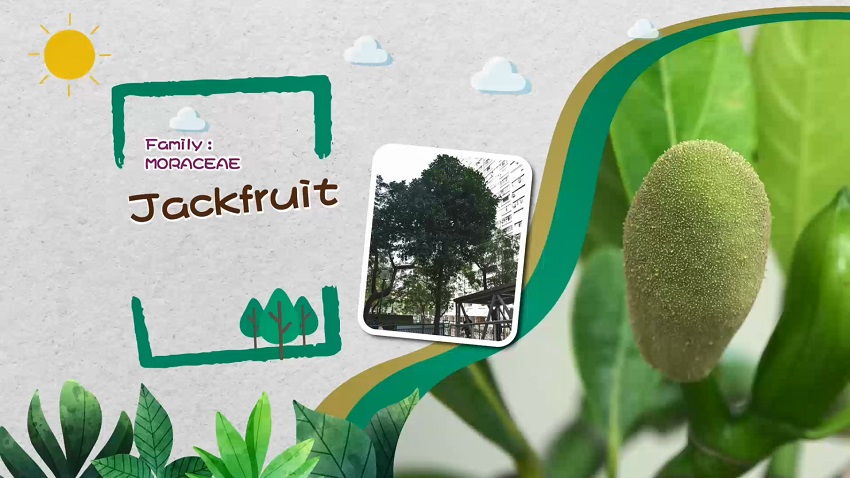| Origins | India. It is mostly cultivated in tropical regions. It also has distribution in South China, such as Guangdong, Guangxi, Hainan, and Yunnan provinces. |
|---|---|
| Origins of name: | When speaking of the Jackfruit (菠蘿蜜in Chinese), we often think of the Heart Sūtra (also known as Prajñāpāramitāhṛdaya, or 《般若波羅蜜多心經》in Chinese) which is written by “Tang Sanzang” Great Master Xuanzang. But, what is the connection between the two? “波羅蜜多”, a transliteration of the Sanskrit word “pāramitā” in the Sūtra, means to “reach fulfilment” or “step towards perfection”, and does not refer to the tree species. However, the Chinese name of the Jackfruit “菠蘿蜜” still has a relationship with Buddhism. The Compendium of Materia Medica (Bencao Gangmu) stated: “Pāramitā, Sanskrit. Since its fruit is sweet, hence it is given the name”. This reveals the word “pāramitā” also means “sweet” in Sanskrit, the species was given its name because of the sweet flesh of its fruit. According to the investigation of Qing dynasty scholar QU Dajun, the Jackfruit first came from India a thousand years ago and firstly settled in a Buddhist temple along the south coast of Guangdong. |
| Applications | The Jackfruit is a seasonal fruit in summer, and is commonly called “Big-tree Pineapple (大樹菠蘿)” in Hong Kong. But, what is the fleshy orange part that we eat? The structure of the fruit is complex, mainly composed of three parts: the axis of infructescence, the persistent perianth, and the achenes-like fruits which are developed from each individual flowers. In botany, this is called a collective fruit (syncarp) (that is the fruit developed from a single inflorescence). What we usually eat is the persistent perianth of the Jackfruit, which has developed into an edible and fleshy part. Furthermore, the seeds of the Jackfruit are edible, which are in rich starch content, can be consumed after steaming. Applied in Traditional Chinese Medicine, its fruit exhibits functions of curing hangover and benefiting the spleen, while its kernels aids in tonifying qi and promoting lactation. |








